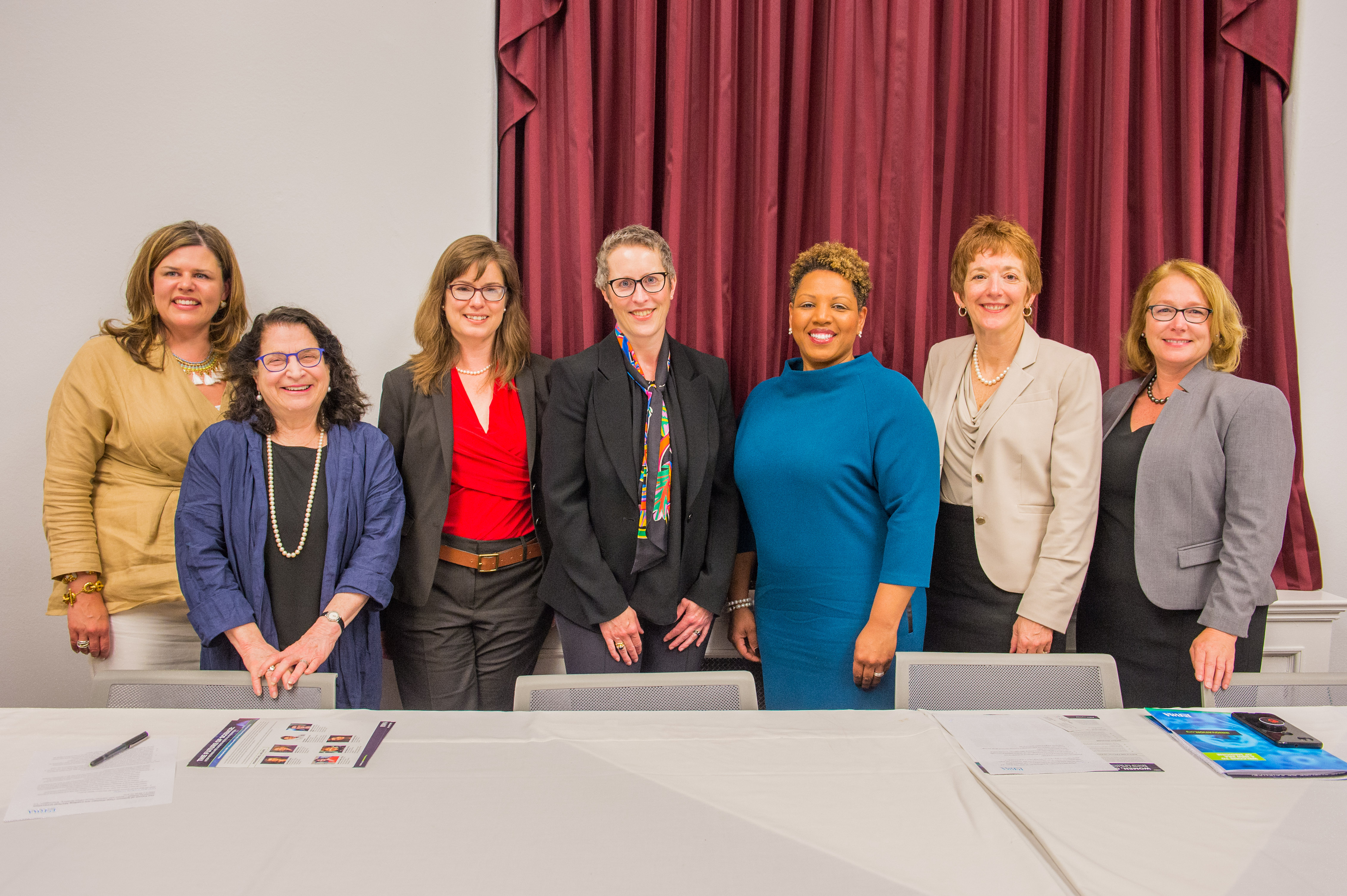Guest Post: The importance of women, diversity and inclusion in STEM
Guest contributor blog from Dr. Amy M. Miller on women in the STEM workforce.

Guest Post: The importance of women, diversity and inclusion in STEM.
Guest contributor blog from Dr. Amy M. Miller on women in the STEM workforce.

Guest Post: The importance of women, diversity and inclusion in STEM.
Conversations and healthy debate about issues facing our industry and the health care system are critical to addressing some of today’s challenges and opportunities. The Catalyst welcomes guest contributors, including patients, stakeholders, innovators and others, to share their perspectives and point of view. Views represented here may not be those of PhRMA, though they are no less key to a healthy dialogue on issues in health care today.
We are pleased to share a blog post from Amy M. Miller, Ph.D., president and CEO, Society for Women’s Health Research (SWHR).
From 1990 to 2016, the percentage of women in the life sciences industry increased from 34% to 47%. Today, women account for more than half of PhDs in biological sciences, while remaining underrepresented in many other science and engineering fields. Recently, I had the honor of joining an impressive panel of women in the biopharmaceutical industry to discuss the new era of medicine and its impact on women’s health, as well as the future of women in science and how we can work together to empower women and girls.

Science, technology, engineering and math (STEM) is made stronger by diversity. As we look ahead to National Women’s Health Week, which begins May 12, we must encourage and enable individuals of all genders, races, and socioeconomic backgrounds to participate in STEM, as this is a critical step in promoting continued innovation in the biopharmaceutical sector. In particular, supporting women and girls in STEM helps ensure women’s unique needs are considered when researching and developing new medicines.
Although significant progress has been made in women’s participation in STEM, room for growth remains. According to a Brookings Hamilton Project study, women earn 57% of all four-year degrees, but only 35% of STEM bachelor’s degrees. Promoting and sustaining interest in STEM at a young age can help to bolster the trajectory for women in science. Research has found that while girls outperform boys in math and science in middle school, girls begin to lose confidence in their knowledge, skills, and interest in these subjects in high school.
One way to help preserve girls’ interest in STEM is through mentorship. The female industry leaders with me on the recent panel and their companies are challenging gender stereotypes by exposing girls to examples of women who have succeeded in STEM through mentoring programs and hands-on lab experiences with female scientists. Keya Pitts, executive director of Pharmacovigilance Quality assurance at Astellas, recently highlighted the critical role of mentors, noting, “I remember feeling intimidated by science … but I had several teachers who empowered me along the way, and that’s why I feel the obligation to do the same for young girls today.” Mentors help young girls find the confidence they need to advance in the field and become the leaders and innovators of the future.
Although challenges remain in attracting and supporting girls and women in STEM, I am excited by the strides we have made and confident that we will see continued progress in the years to come.
Amy M. Miller, Ph.D., is president and CEO for the Society for Women’s Health Research. SWHR is a national nonprofit dedicated to promoting research on biological differences in disease and improving women’s health through science, policy and education.